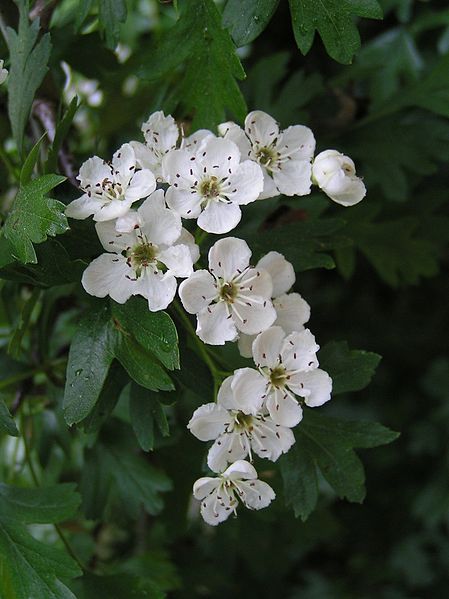When it comes to ceremonies around death - and in particular the significance  of flowers - it turns out that our ancestors were not so different from us. New research from an international team led by Israeli archaeologists has now revealed the earliest human graves that show definite evidence of being scattered with flowers, dating them back to between 13,700 and 11,700 years ago. That's roughly around the end of the last major ice age.
of flowers - it turns out that our ancestors were not so different from us. New research from an international team led by Israeli archaeologists has now revealed the earliest human graves that show definite evidence of being scattered with flowers, dating them back to between 13,700 and 11,700 years ago. That's roughly around the end of the last major ice age.
There are older burial sites around the world - in some cases from tens of thousands of years ago - but they're more commonly for just a few people, and aren't thought to be places where bodies were regularly and ceremonially buried. These burial sites are in northern Israel, next to the Mediterranean. They're known as Natufian sites and are the earliest cemeteries we know about so far.
Researchers have been studying them for a while, and have found more than 450 bodies buried across a number of sites. Now a new analysis of the graves, published in the journal PNAS from Dani Nadel and his colleagues, shows that they contain impressions of a range of local plants, including herbs such as sage and mint, made in the soft mud lining that had been put into the grave. These plants flower early in the year and are prettily coloured and strongly fragranced, so probably would have been used at spring or early summer burials. The scientists also found evidence of chiselling in caves that were part of the cemetery, suggesting that burial was an important, planned and sophisticated ritual.
This research tells us more about what the human culture was like around that time. Flowers are important in culture worldwide, and have a lot of emotional and spiritual meanings. At the time the Natufians lived, their world was in turmoil, as the environment was changing fast and the population was growing. Perhaps rituals like these elaborate burials helped to bring social groups together, and helped to strengthen their society - much like they still do for us modern humans today.
- Previous Measuring gut microbes
- Next H7N9 a major threat










Comments
Add a comment